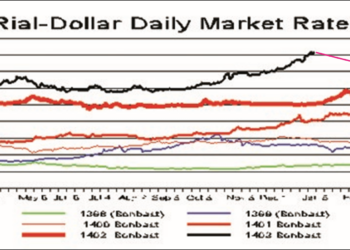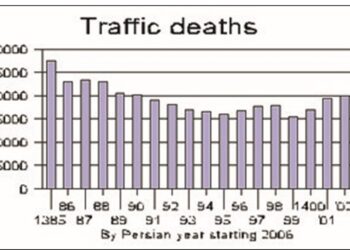that it had received all the funds for oil payments that India was in arrears, about $5 billion.
The court said its audit showed that only part of the money was paid through the banking system to Iran. The rest was actually invested inside India in the Iranian Oil Ministry’s name.
That is something India proposed months ago, but which Iran publicly rejected.
Instead, the two countries found a bank in Turkey that they said they could use to evade US banking restrictions and complete the payments. It was announced that Indian oil buyers deposited their payments in the Turkish bank, and that bank then remitted the funds to Iran. The Oil Ministry made an announcement a few weeks ago saying it had received all the back payments owed.
The statement from the Supreme Audit Court did not say how much of the arrears were paid in cash and how much was invested in India.
Majlis Deputy Hamid Katouzian told the Mehr news agency the audit report showed the government and the Central Bank violated the regulations requiring payments for oil be remitted to Iran.
The payment system through the Turkish bank was presented as the solution to all the payment problems. But Indian Commerce Secretary Rahull Khuller now says the Turkish route is only a “short-term” solution and some new payment method must be found.
He did not say why the Turkish route was not a permanent solution. The Press Trust of India quoted Rahull as saying payments in rupees was one possible solution. But Iran rejected that option months ago.
India buys much more from Iran than Iran buys from India, so Iran would get stuck with an ever-growing stock of rupees, which are not readily convertible into other currencies. In effect, the Islamic Republic would be forced to buy vast quantities of Indian-made goods.













